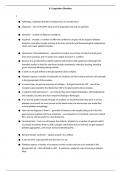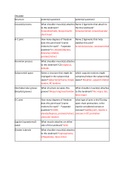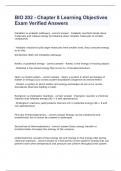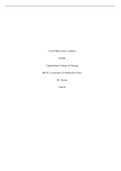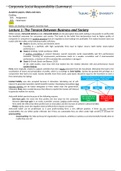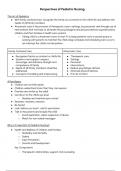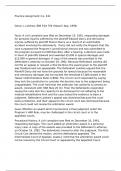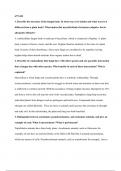Lecture notes
coagulation disorders
- Module
- Clinical science
- Institution
- Aston University, Birmingham (Aston)
preview:● Glanzmann’s thrombasthenia – autosomal recessive so you have to inherit a faulty gene from mum and dad, and it is quite rare roughly around 1 in a million. ● Because it is an inherited condition patients will present with symptoms following birth therefore earlier in their life a...
[Show more]
